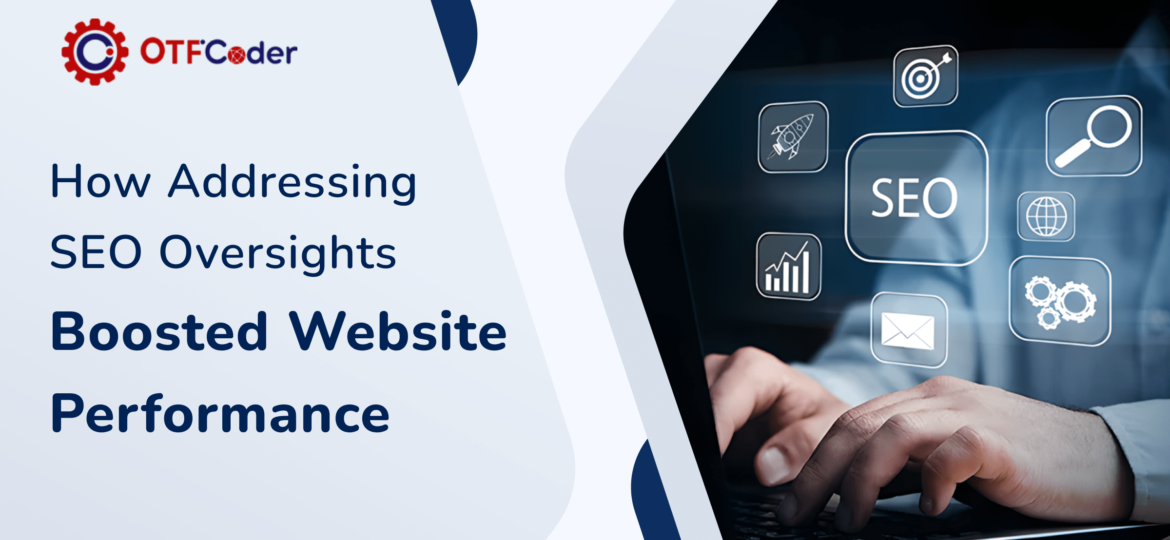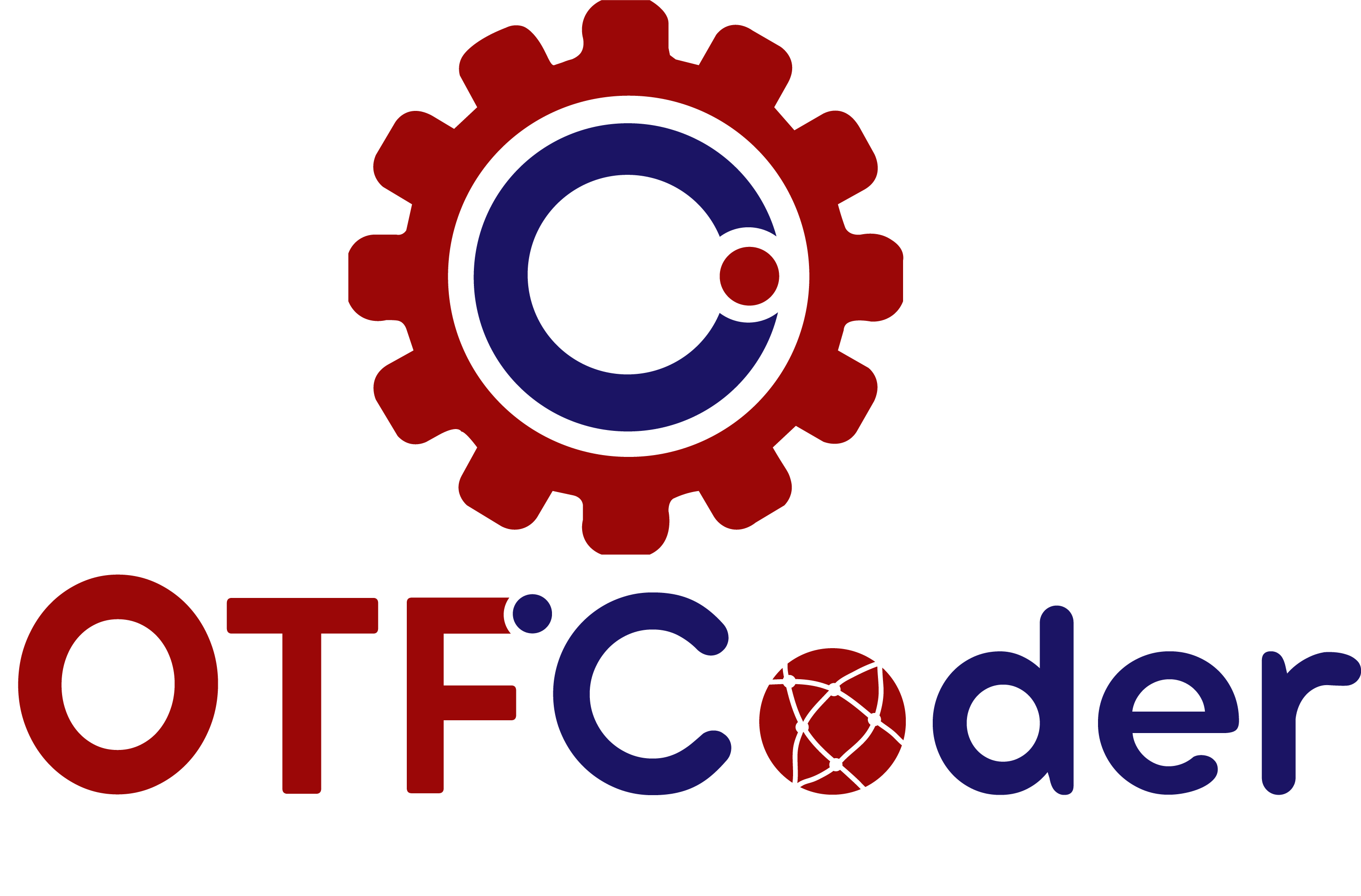
It has become crucial to have an online presence in today’s competitive world. But even the most well-designed websites don’t rank well if SEO is neglected. This case study explores how addressing fundamental SEO oversights can transform a stagnant website performance by overcoming the challenges faced and implementing the accurate solutions. By focusing on key SEO services, it is possible to revive stagnant organic traffic and boost conversions.
Challenges Faced
When conducting a comprehensive SEO audit, six key challenges emerged that were severely limiting the website’s performance.
1. Issues with Page Indexing
A significant number of pages were not indexed by Google, meaning they were not appearing in search results. This problem occurred due to improper configurations of the site’s metadata and issues with the robots.txt file. Unindexed pages drastically limited the client’s visibility on search engines, hindering organic growth.
2. 404 Error: Page Not Found
The website suffered from multiple 404 errors, which occurs when a page requested by a user or search engine does not exist. Broken links directing users to error pages not only caused frustration but also harmed the website’s overall SEO performance. This discouraged visitors from staying on the site, leading to poor engagement rates.
3. Stagnant Organic Traffic
Despite the client’s ongoing marketing efforts, the website saw minimal organic growth. Traffic to the website had become stagnant, and most visitors came through paid ads. The site lacked the powerful SEO foundation needed to attract a consistent flow of organic traffic from search engines.
4. Targeting Incorrect Keywords
The website’s content strategy was misguided, targeting high-competition keywords that were difficult to rank without a larger SEO budget. The keywords chosen did not reflect user intent, resulting in low engagement rates and minimal conversions. Additionally, the content lacked focus on long-tail keywords, which are often easier to rank and highly specific to customer needs.
5. Abundance of Broken Links
Broken links were another major issue, with many internal and external links that were no longer functioning. Broken links damage SEO by affecting how search engines crawl and index the site. They also create a poor user experience, which reduces the chances of conversions and increases bounce rates.
6. Low Conversion Rates and Lead Generation
Even when visitors arrived on the website, conversion rates were disappointingly low. The website was not optimized for lead generation, with confusing call-to-action (CTA) buttons and a lack of clear user navigation. As a result, potential customers left without completing a purchase or signing up for the email list.
Solutions Implemented
After identifying these critical challenges, we developed a targeted strategy to resolve each issue, boosting overall website performance. The following SEO services were implemented to improve page speed, enhance indexing, and increase organic traffic.
1. Website Speed Optimization
The first priority was to improve the site’s loading times on both desktop and mobile. Using tools like Google PageSpeed Insights, our technical team identified elements that were slowing down the website, such as large images, excessive plugins, and poor coding practices. Images were compressed without losing quality, unnecessary plugins were deactivated, and the overall code was cleaned up. As a result, the site’s loading times decreased significantly, leading to an immediate positive effect on user retention and search engine rankings.
2. Solving Website Errors
A systematic approach was taken to resolve the 404 errors and other website issues. Redirects were put in place for all broken links, guiding users and search engines to relevant pages instead of dead ends. A custom 404 page was also created to provide users with helpful navigation options in case they encountered an error. This not only improved the user experience but also helped retain visitors who might otherwise have left the site entirely.
3. Improved Page Indexing and Crawling
To address the issues with page indexing, a thorough audit was performed to identify the pages that were being ignored by Google. Tools such as Google Search Console were used to monitor indexing status and submit problem pages directly to Google for reconsideration. Additionally, on-page SEO improvements were made, such as adding unique meta descriptions and alt text for images, making it easier for search engines to crawl and index the pages correctly.
4. Robots.txt and Sitemap.xml Creation
A robots.txt file was created to guide search engine crawlers, specifying which pages should be indexed and which should be ignored. A sitemap.xml was also developed and submitted to Google, outlining the website’s structure and ensuring all key pages were indexed. This improved the client’s overall SEO health by giving search engines clear directions on how to navigate the site, ultimately improving search engine rankings.
5. Title Tag Optimization
Title tags are essential for both SEO and enhancing the user experience. After performing a thorough keyword analysis, the title tags across the website were revised to be more concise, engaging, and keyword-focused. Keywords with lower competition but higher relevance were prioritized, improving the click-through rates (CTR) on search engine result pages (SERPs).
6. Repair of Broken Links
All broken links were either repaired or removed. This was achieved using SEO tools that identified broken internal and external links. The links were either redirected to appropriate pages or replaced with functional ones. This cleanup not only boosted the user experience but also improved the website’s overall SEO, making it easier for search engines to crawl and rank the pages effectively.
Conclusion
Addressing SEO oversights by focusing on page speed, indexing, and fixing broken links led to substantial improvements in website performance. By strategically implementing SEO services such as optimizing loading times, refining keywords, and enhancing page indexing, the client not only saw a significant boost in organic traffic but also achieved better user engagement and higher conversion rates. Therefore an SEO, when performed right, can truly transform a website’s performance.




